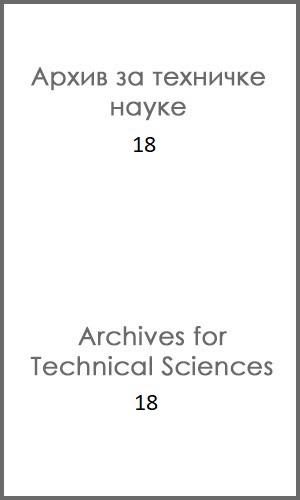COENOLOGICAL SIMILARITIES OF DIATOMS IN WELLS AND IN OTHER WATER BIOTOPES IN BOSNIA AND HERZEGOVINA
DOI:
https://doi.org/10.7251/afts.2018.1018.071CAbstract
The research and determination of diatoms (Bacillariophyta) have been carried out in the area of
Semberija (Bosnia and Herzegovina) in several locations, which included 35 open shadoof wells
incurred by the anthropogenic activity many decades ago, and they represent artificial fresh water
ecosystems. The algological material has been collected from wells in 9 villages, the Sava River, at the
site Bosanska Rača, the Drenovača pond in Velino Selo, artesian wells in Velino Selo and Donji
Brodac, and ephemeral puddles in the immediate proximity of the researched wells. In all investigated
habitats of those locations 149 species and infraspecific taxa of Bacillariophyta in total have been
identified, of which 89 (59.73%) were identified only in the investigated wells in Semberija.
On the basis of comparative analysis results, it can be concluded that 45 (30.20%) of species and
infraspecific taxa of Bacillariophyta are common for the wells and other investigated localities (Sava
River, Drenovača pond, artesian wells, ephemeral puddles). 61 species and infraspecific taxa of
Bacillariophyta (40.93%) were identified in Sava River, 57 species and infraspecific taxa (38.25%) in
Drenovača pond, 21 species in front of the artesian wells and 16 species and infraspecific taxa in the
ephemeral puddles. The density of population, i.e. the production of Bacillariophyta in the investigated
wells, shows similar seasonal fluctuations. The highest average number of plants per unit of area on the
moss leaves at a depth of 50 cm of well walls amounted to 453702 items/cm2, and the lowest average
number of plants was recorded at the depth of 200 cm of well walls and amounted to 68.207 items/cm2.
In order to have the objective results of the researched and identified diatoms in the mentioned biotopes,
the numerical analysis of qualitative data on the structure of diatoms in similar biotopes, i.e. on their
coenological similarities, have been carried out.

